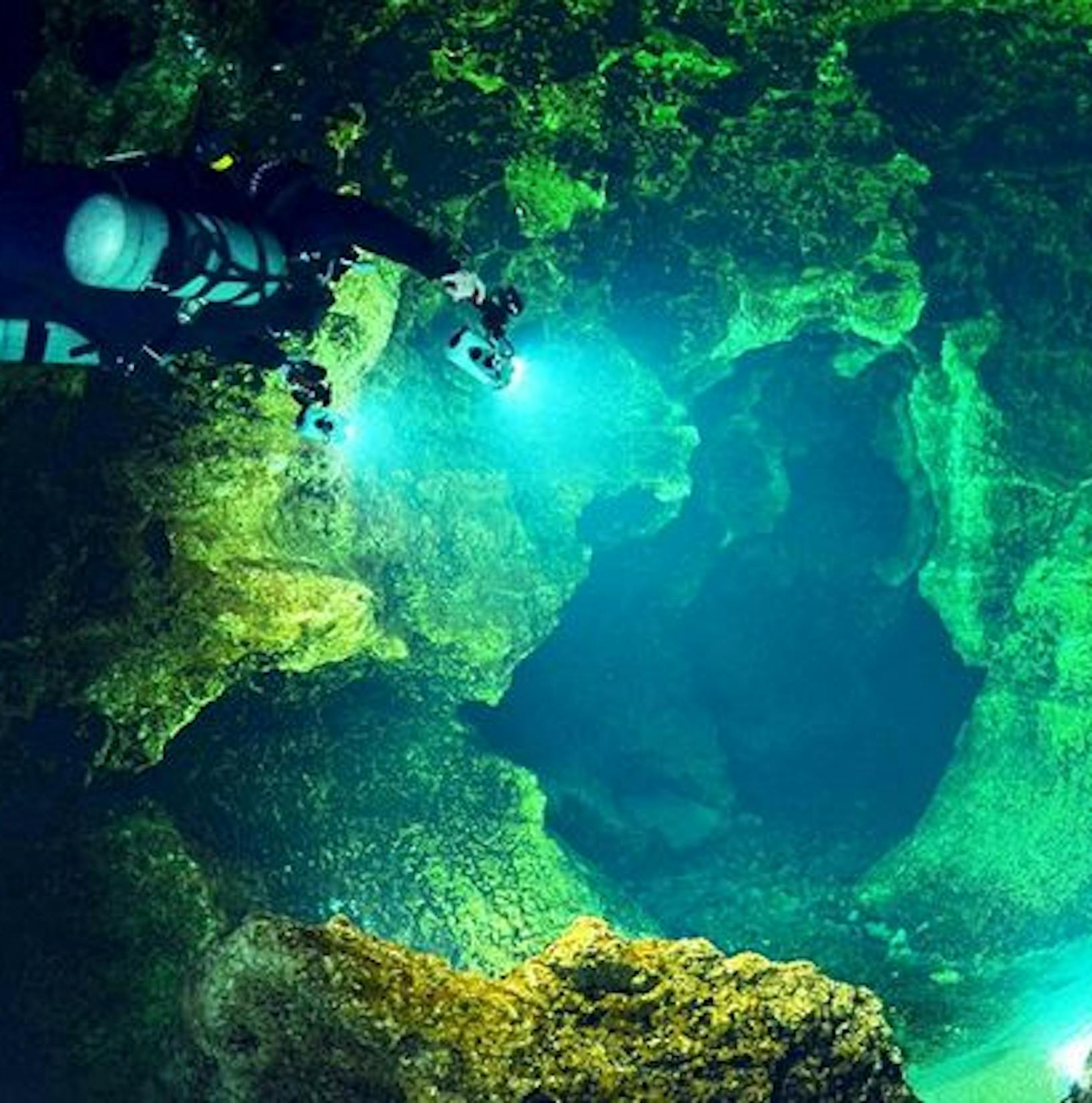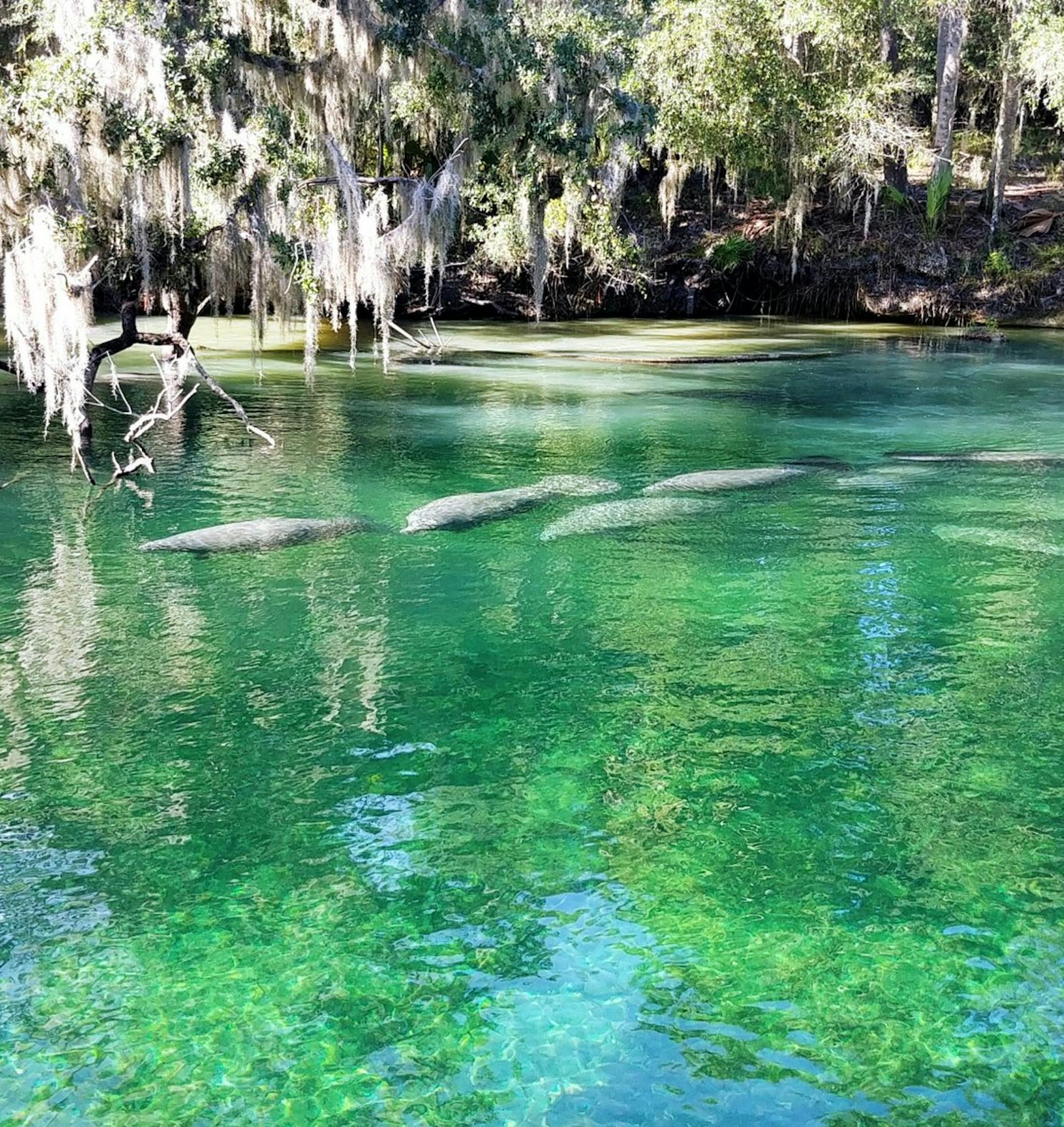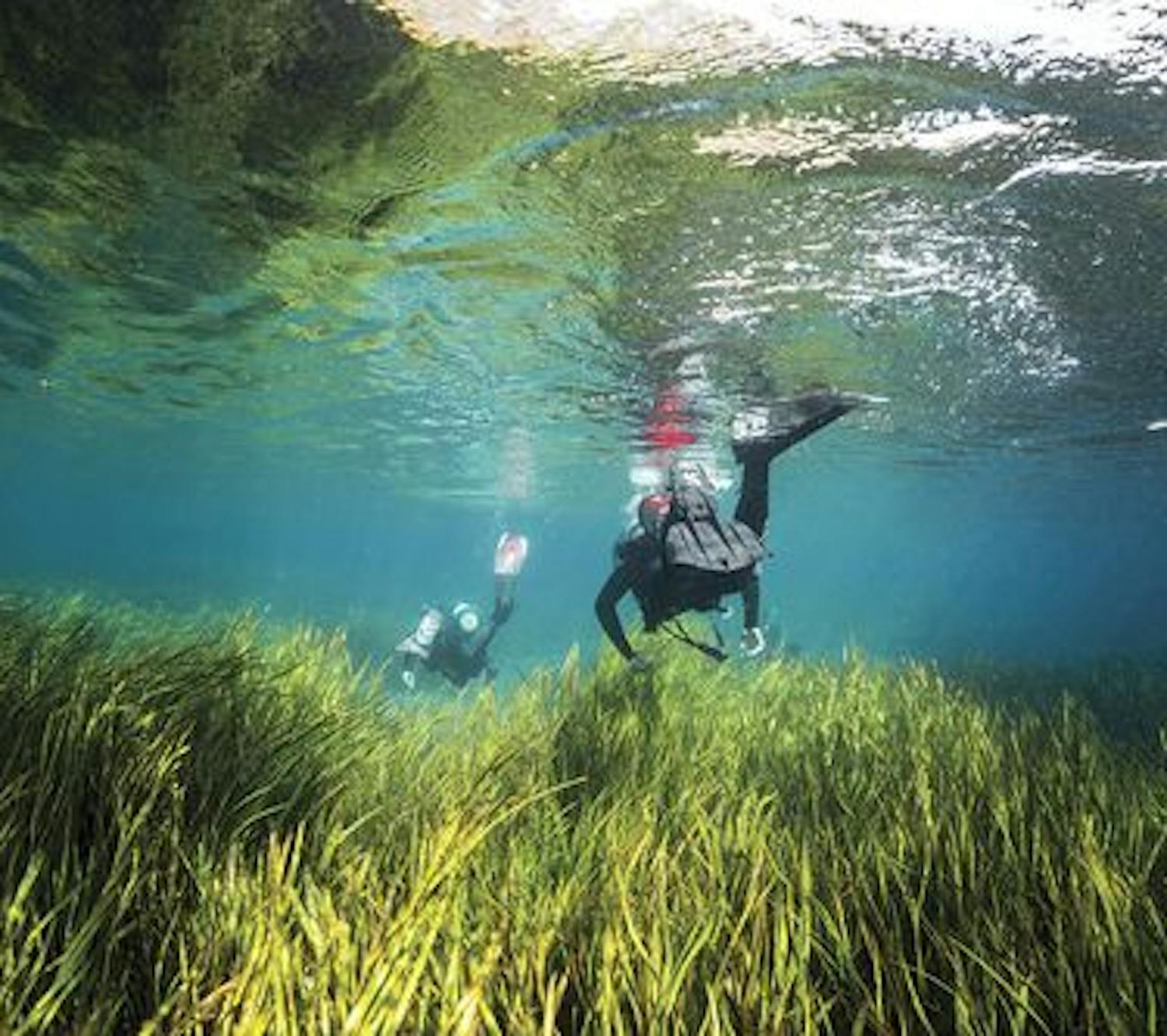What are overnight accommodations like at these locations?
Each of these sites, Ginnie Springs, Blue Springs State Park, and Crystal River have plenty of hotels and home rentals in their areas. Both Ginnie Springs and Blue Springs State Park have onsite camping facilities, and there are campgrounds surrounding the Crystal River area.
Are there alligators in the springs?
We’re in Florida, so there is always a chance of spotting an alligator somewhere around a body of water. The good news is that alligators don’t like to be around loads of people. They tend to like their peace and quiet and will prefer areas that offer just that. The likelihood of seeing a gator isn’t zero, but it’s not that high either.
What kind of wetsuit will I need for these dives?
Full suits are ideal for the water temperature that the springs hold. A good 3mm suit ought to do it, but if you tend to run cold, toss on a light dive vest to layer up or simply rock a 5mm suit. Booties are also recommended and hoods are up to each individual diver.
What sort of risks are there with spring diving?
There are potential risks with any dive adventure, but when it comes to Florida springs, your main risk will be the caves and caverns and potentially strong currents. If you’re not certified and unpracticed in cave diving, our best advice to you—don’t do it. You can still dive Ginnie Springs and Blue Springs without dipping into a cave and have a great time. If you are cave diving, always mind any warning signs along your route and, ideally, keep a dive buddy nearby. Blue Springs is actually insistent that you have a dive buddy at all times if scuba diving.
What are the differences between freshwater and saltwater scuba diving?
One thing we all learn in our open water scuba training is that saltwater is denser (thus, more buoyant) than freshwater. So your buoyancy might feel slightly different in the springs if you’re usually a saltwater diver. The other main difference will be the kinds of animals you’ll see. When diving in saltwater, you may see a variety of multicolored fish, large sea turtles, sharks, whales, and more. When diving in freshwater, the turtles are smaller (but just as adorable), the fish tend to be more neutrally toned with grays, blues, and browns, and rather than a shark, you may spot an alligator, and rather than a whale, you may cruise by a manatee (or 50!).











